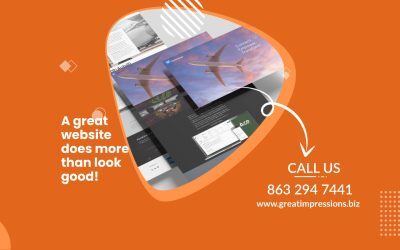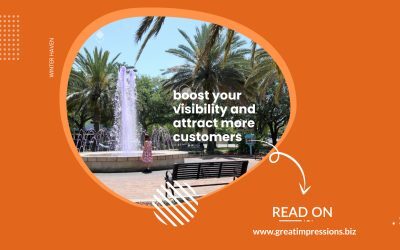Why have a logo for your business : A properly designed logo is not just a graphic; it’s an essential component of your business’s identity. A strong logo communicates professionalism and builds trust with potential clients. It tells them who you are, what you do, and why they should care about your services. An effective logo makes a memorable first impression, conveying that you deliver quality work even before a client has experienced your service firsthand. Conversely, an unprofessional logo can lead to doubts about your business’s reliability and quality, as people often base their choices on visual cues.
Creating a Good Logo: Key Elements
1. Simplicity and Versatility
A proper logo is simple and easy to recognize. It should work well across various platforms and sizes, from business cards to billboards. Simplicity ensures that your logo remains practical and straightforward, no matter where it appears. This versatility is crucial for maintaining brand consistency and recognition.
2. Choosing the Right Font Style
Choosing a font isn’t just about style; it’s about picking one that matches your brand’s personality and values. The font should be readable and appropriate for your industry. For instance, a financial institution might use a classic serif font to convey trust and stability, while a tech startup might opt for a sleek, modern sans-serif font. Ensure the text is clear and legible in all sizes and formats and complements any graphic elements included in your logo.
3. Picking the Right Colors
Color plays a vital role in how people see your brand. Different colors can trigger different feelings and thoughts. For example, blue often symbolizes trust and reliability, which is why banks use it. Bright colors like red and yellow can make people feel hungry and create urgency, which is why they’re great for fast-food restaurants. Choosing the right colors helps your brand stand out and connect with people emotionally. Stick to two or three primary colors and ensure they look the same online and in print.
4. Incorporating a Memorable Icon or Symbol
A visual element or icon can make your logo more distinctive and memorable. This might be a symbol that represents your business’s core values or a unique graphic that stands out. An icon can be used alongside text (combination mark) or as a standalone graphic element. Make sure any icons or symbols you use are unique. Avoid stock images or clip art because they can cause legal problems and make your logo less distinctive.
5. Trademarking Your Logo
Once you have a unique and original logo, consider trademarking it. Trademarking gives you exclusive rights to use your logo and protects it from being copied or used by others. It builds trust with clients and stops others from using similar designs. Remember, logos created using stock art or templates cannot be trademarked, so working with a professional designer to develop a custom logo is essential for legal protection and ensuring your logo accurately represents your brand.
Additional Considerations
When designing your logo, consider how it will be used in various contexts. For example, ensure it maintains its integrity when scaled up for a billboard or scaled down for a mobile app icon. Your logo should also be adaptable to different backgrounds and media, including print, digital, and merchandise.
Investing time and resources into creating a well-designed logo is crucial for establishing a solid brand identity. A great logo showcases your business and builds trust with your audience. To make a standout logo, keep it simple, choose the right font and colors, use memorable icons, and protect it legally. This approach will help your business shine and succeed.




